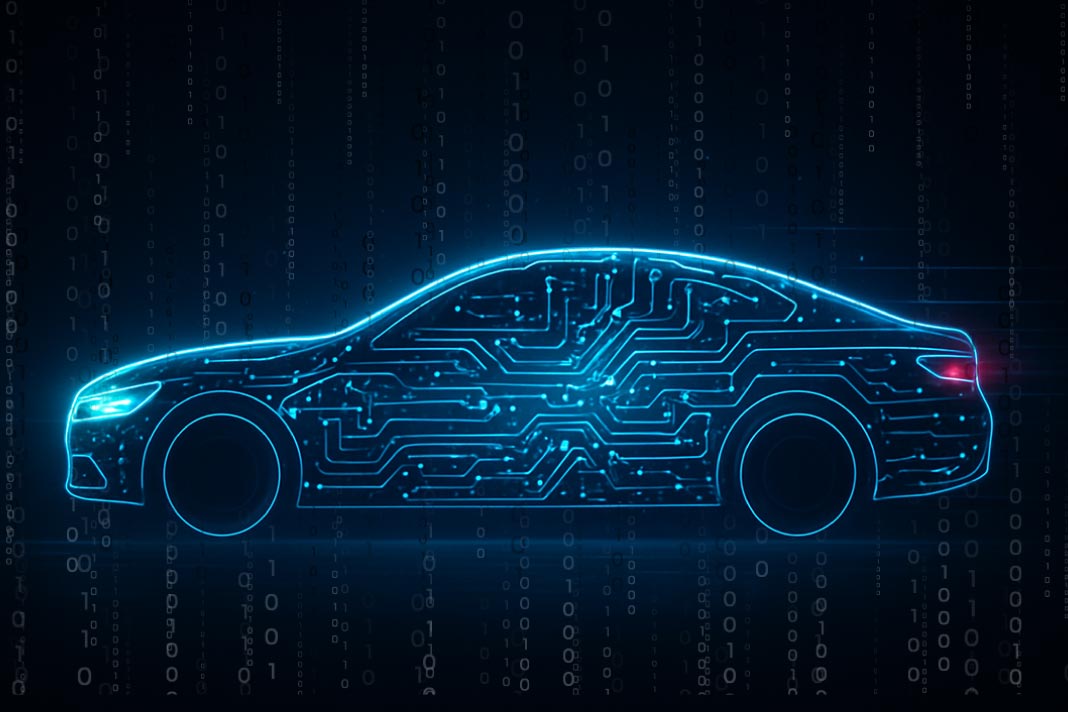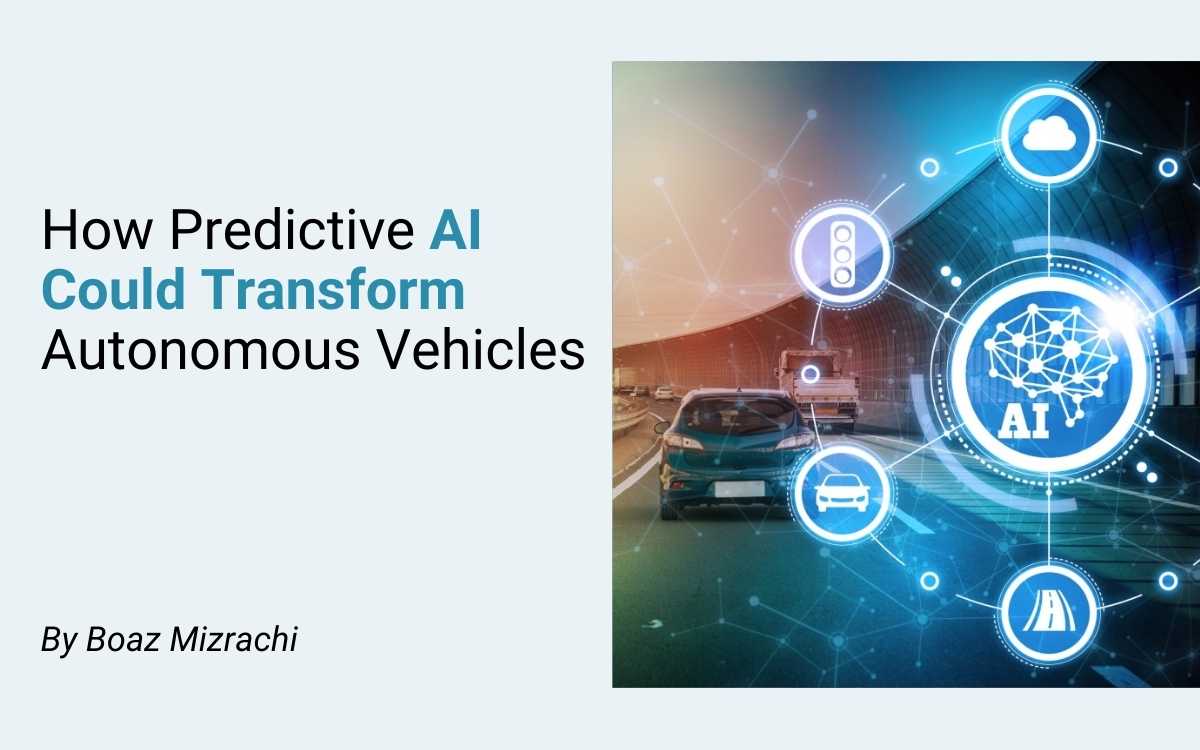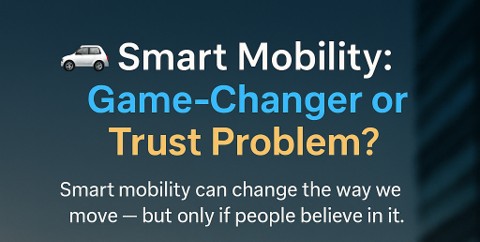Image Credit: AUUSanAKUL/BigStockPhoto.com
While modern vehicles promise smarter, safer driving through advanced driver assistance systems (ADAS), many drivers remain hesitant to use them. Confidence in the technology hasn’t kept pace with its rapid rollout.
That hesitation reflects a growing perception gap. As vehicle software becomes more sophisticated, many drivers still aren’t sure what these systems are doing or when to trust them. McKinsey research shows that up to 30 percent of drivers rarely or never use features like adaptive cruise control or parking assist, often due to confusion, inconsistent experience, or a lack of clear feedback.
Building driver trust will require systems that behave in ways drivers can understand and predict. That means providing real-time feedback, using physical cues drivers can feel, and clearly communicating what the system is doing and why. The more intuitive the experience, the more likely drivers are to use these features consistently and confidently.
Reflecting road conditions
Even the most advanced driver assistance systems rely on predictable inputs – lane markings, GPS, traffic flow – but often miss the subtler signals human drivers instinctively respond to. Slippery pavement, loose gravel, or sudden surface changes can alter how a vehicle handles, yet many systems lack the ability to sense those conditions in real time.
This is where software-based sensing has begun to make progress. By interpreting existing in-vehicle signals — such as wheel speed, torque, and acceleration — advanced systems can estimate grip, detect tire wear, and recognize road texture without adding new hardware. These capabilities bring vehicle perception closer to what drivers themselves feel, bridging the gap between programmed rules and lived driving experience
That disconnect matters. When a vehicle misjudges road conditions or reacts in a way that doesn’t match what the driver feels, confidence in the system erodes. Drivers need to know the vehicle is interpreting the road the way they would, not just following programmed rules, but adapting to real-world surfaces as they change.
Trust grows when the car’s behavior feels grounded in the environment the driver is experiencing. That requires real-time sensing of traction, texture, and road surface, and adjustments that reflect what’s actually happening under the tires.
Reacting in real time
Even when a system detects a change in conditions, how quickly and clearly it responds can make the difference between trust and disengagement. Cloud-based systems may offer powerful data insights, but their reliance on remote processing can introduce delays, and in fast-moving situations, milliseconds matter.
That’s where edge processing plays a critical role. When decisions happen inside the vehicle itself, response times drop and drivers get immediate feedback. The system reacts to surface changes or traction loss as they happen, not a beat too late.
Equally important is the quality of the insight feeding that reaction. Systems that can translate raw vehicle data into real-time measures of grip or traction loss enable sharper, faster responses — adjustments that drivers can both feel and trust. When braking or steering feedback reflects actual surface conditions, the technology reinforces the driver’s instincts rather than contradicting them.
And just as important, those responses are palpable. Drivers feel them through subtle cues: a firmer steering wheel, a pulsing brake pedal, a momentary pause before acceleration. These tactile signals tell the driver the system is aware and adapting, reinforcing trust through clarity and shared control.
The driver remains central
Even the most advanced vehicle systems won’t earn lasting trust if drivers don’t feel in control. No matter how well the software senses the road or responds in real time, drivers need to understand what the system is doing, why it’s doing it, and when they are expected to take over. If that handoff feels vague or unexpected, trust evaporates.
That’s why thoughtful system design is just as important as technical capability. The most reliable features are those that automate only under clear conditions, and return control decisively when the system encounters uncertainty. These aren’t just safety measures. They’re signals to the driver that their role remains central, even as automation expands.
Interface design also plays a key role. Drivers are more likely to engage with systems that communicate clearly, not just through symbols on a screen, but with context-aware cues that explain what’s happening in plain terms. When the vehicle’s decisions feel transparent and consistent with the driver’s expectations, confidence grows.
That same expectation of transparency applies to data handling. As vehicles gather more information to support automation, drivers need assurance that sensitive data is processed locally whenever possible, not sent to the cloud unnecessarily. Some mobility AI providers are designing exactly this way: prioritizing on-vehicle processing to reduce latency and limit the transfer of sensitive data. By keeping insights within the vehicle — whether related to road friction, tire condition, or vehicle weight — these systems strengthen both driver confidence and data security.
On-vehicle processing not only reduces latency but reinforces privacy and accountability.
In the end, building trust isn’t just about how well the system works. It’s about how clearly it communicates, how predictably it behaves, and how consistently it keeps the driver in the loop, not just as a backup, but as a partner.
Closing thoughts
Software may define the modern vehicle, but trust will define its future. Drivers don’t need more automation – they need systems that behave predictably, signal clearly, and act in ways that support rather than override human judgment. That trust isn’t a byproduct of innovation; it has to be an explicit design goal.
As vehicles continue evolving, the challenge isn’t just making them smarter. It’s making them more understandable, more responsive, and more aligned with the way people actually drive.
That alignment often comes down to how well vehicles can ‘feel’ the road. When automation reflects the same tactile cues that drivers instinctively trust — grip, texture, traction — the partnership between human and machine feels natural, not imposed. In that sense, the future of smart cars won’t be defined only by more sensors or more code, but by software that makes vehicles behave in ways that match human perception.
That means designing for the human experience, not just engineering for machine performance. Trust will follow the systems that do both.

Boaz Mizrachi is the CTO and Founder at Tactile Mobility. Boaz is a veteran technologist and entrepreneur, holding over three decades of experience in signal processing, algorithm research, and system design in the automotive and networking industries. He also brings hands-on leadership skills as the co-founder and Director of Engineering at Charlotte’s Web Networks, a world-leading developer and marketer of high-speed networking equipment (acquired by MRV Communications), and as System Design Group Manager at Zoran Microelectronics (acquired by CSR).

Post originally on thefastmode.com



